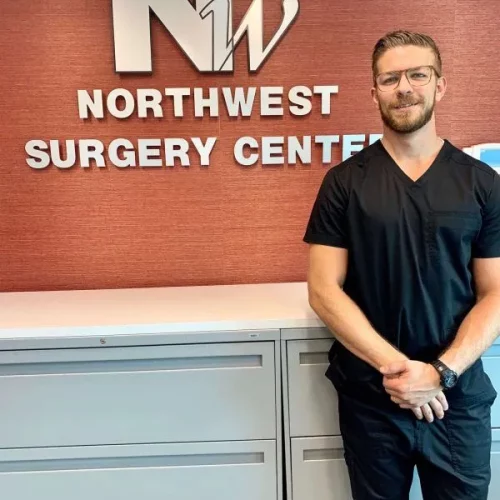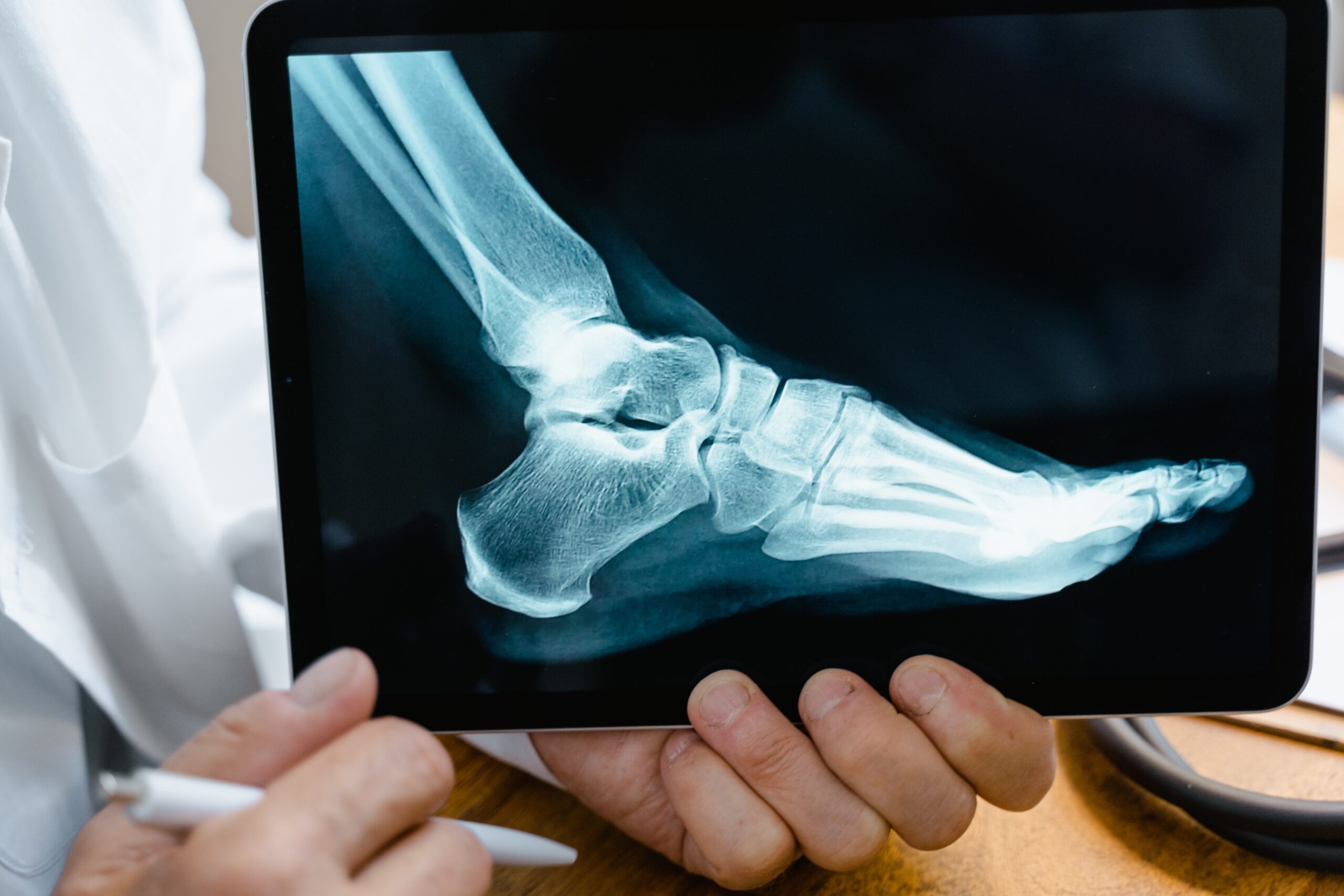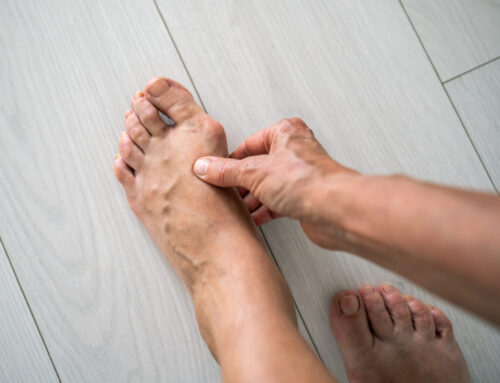Foot pain is no joke. If you’ve ever suffered from bunions, bone spurs, hammertoes, or arthritis, then you recognize just how disruptive foot pain can really be. The good news is that it is possible to treat all of the above conditions –– provided you connect with the right podiatrist first. (A podiatrist is a doctor who specializes in foot health.) Thankfully, this blog will help you do just that. Here are four tips you can use to find a podiatrist you can trust:
Assess the Issue
The first step to dealing with a foot-health problem is to take notice of it. This might sound odd, but it can be very tempting to ignore a small bump on the side of the foot, or to chalk up consistent foot pain to a “long day” at work. However, it’s important for individuals of all ages to monitor their foot health closely. That’s because certain conditions –– like arthritic bunions, for instance –– can significantly damage the cartilage in your toes and even inhibit your range of motion permanently. The sooner you recognize the issue for what it is, the better.
Do Your Homework
Once you’ve established that you have a foot problem, the next step in the process is to research foot specialists and podiatrists in your area. If you live near a major metropolitan center, then odds are you should be able to find at least a few foot specialists in your area. Make sure to read reviews and to educate yourself on the various foot-care clinics near you. Look for professionals that have lots of experience in this field, that specialize in correcting various foot issues, and that utilize the most advanced foot-care techniques –– more on that later.
Ask Pertinent Questions
It is unwise to assume that all podiatrists and foot care professionals all perform the same services. As such, it’s crucial that you ask some key questions of your podiatrist before you schedule an appointment. Some things you’ll want to ask about include:
- The doctor’s credentials and qualifications.
- Their availability.
- How much they charge.
- What sort of procedures they can perform.
That last bullet point is particularly important –– and it leads us to our final tip…
Determine Your Recovery Time
If you have to undergo foot surgery to treat a condition like bunions or hammertoe, then it’s absolutely essential to ask about your recovery time before you agree to have the procedure. That’s because traditional open-foot surgery can cause severe collateral damage –– in the form of soreness and scarring –– and it can keep you off your feet for, potentially, six months or more.
On the other hand, podiatrists that can perform minimally invasive surgery are able to serve their patients much more effectively. Not only is minimally invasive surgery an effective way to treat many foot ailments, but it dramatically reduces negative side effects like scarring and long recovery times. Most individuals who undergo minimally invasive foot surgery are able to return to their daily activities immediately following the surgery. Recovery time while in a surgical shoe lasts about 4 weeks before you can get back into normal shoes. Total recovery time (until completely normal) is usually about 12 weeks.
If you can’t afford a long recovery period, then be sure to ask your doctor about minimally invasive procedures!
Contact Us
At Northwest Surgery Center, we specialize in minimally invasive surgery to correct common foot issues. Our team has years of experience dealing with bunions, hammertoes, heel spurs, and more. We can help you solve these problems for good and get back to living your life –– pain free! Contact us here to learn more or to schedule a consultation today.

Reviewed By Dr. Sullivan
Dr. Jordan Sullivan, DPM, is a board-certified podiatrist at Northwest Surgery Center specializing in minimally invasive foot and ankle procedures. He’s passionate about helping patients get back on their feet faster with less downtime.
Learn more about Dr. Sullivan here.





